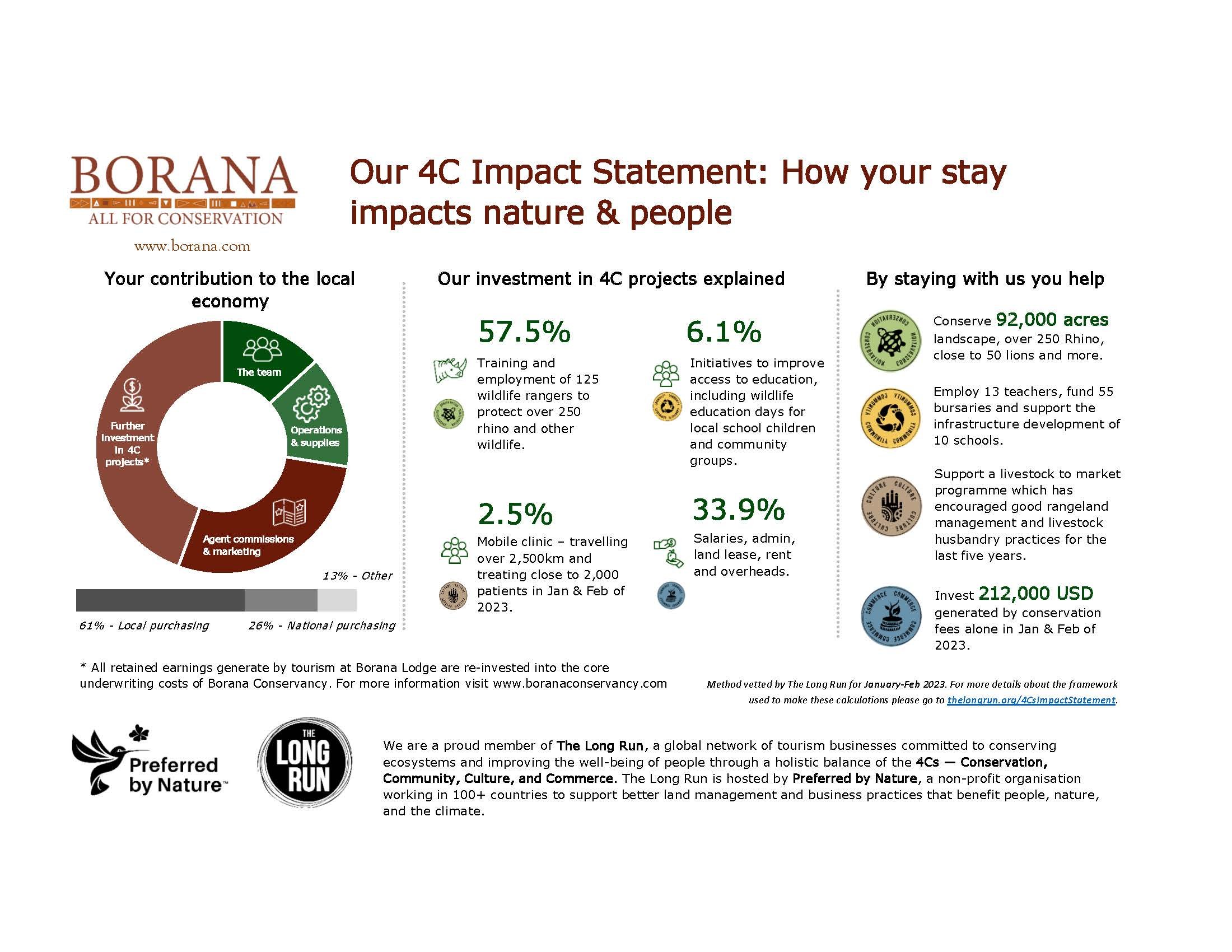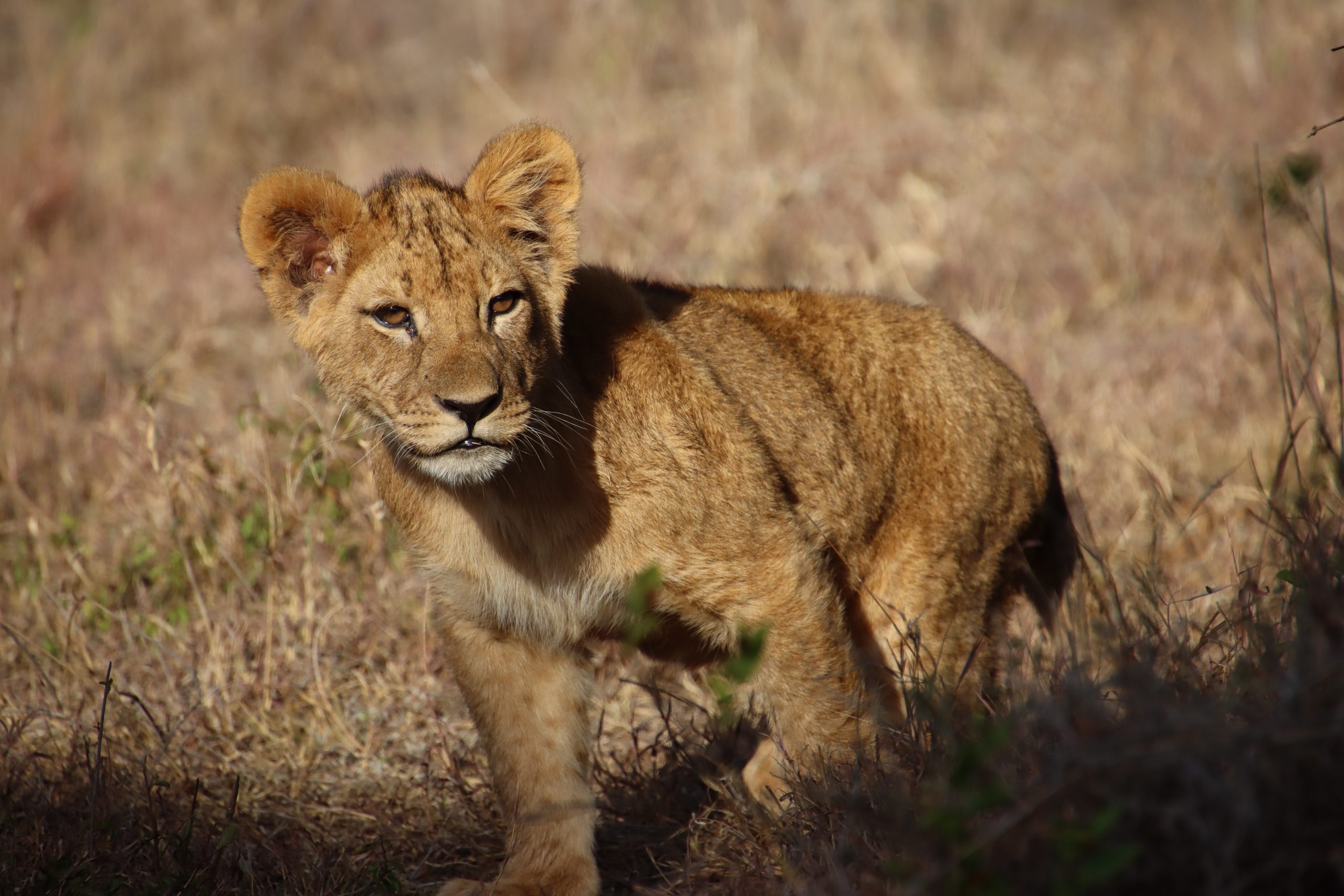By Kate Lewis
We are keen to share what our LT&C Examples and partners are achieving to provide benchmarks, encourage cross-organisational learning and support and, above all, celebrate the work going on through tourism in protected areas.
Measuring impact is important because it shows the positive change occurring by working towards an organisational mission. It can be difficult to do, but is increasingly important to capture to ensure work is achieving what it sets out to, and, increasingly, to provide evidence to donors for financial support.
Some of our LT&C Examples and partners have recently published their latest impact and annual reports, so we picked some of the highlights related to tourism and protected areas to share with you all.
Misool Foundation
Misool Foundation, which manages the Misool Private Marine Reserve, has just released its latest annual report. Guests staying at the Misool Resort contribute one-third of Misool’s Foundation’s annual budget, and this budget is used directly for marine conservation. Highlights from the report include 905 ranger patrols completed in the Misool Marine Reserve, protecting 3259 turtle eggs and releasing 580 baby turtles, restoring 579m² of reef, employing a new community outreach officer, and more than doubling the Misool Reef manta ray population in a 10-year period.
Borana Lodge
Borana Lodge reinvests 100% of its profits back into the conservation of land and wildlife. It is a Global Ecosphere Retreats (GER) member of The Long Run, a membership-based network of nature-based tourism businesses.
Borana Lodge uses The Long Run’s transparent framework the 4Cs Impact Statement that shows the impact of tourism on the Borana Conservancy, a 32,000 conservation acre home to black and white rhinos as well as a host of other endangered species such as reticulated giraffe, elephants and Grevy’s zebra.
Income from tourism has helped conserve 92,000 acres, protect over 250 rhinos and 50 lions, employed 13 teachers, and supported the infrastructure development of 10 schools. It has provided training and employment of 125 wildlife rangers, initiatives to improve access to education, including wildlife education days for local school children and community groups, and a mobile clinic travelling over 2,500km and treating close to 2,000 patients in Jan and Feb of 2023.

SANParks
SANParks manage South Africa’s national parks. They generate 80% of their budget through ecotourism. Highlights from their latest annual report include adding 9,524ha to South Africa’s protected area system through the expansion of Addo Elephant, Namaqua, Table Mountain, and Agulhas National Parks along with a new national park in the grasslands of the northern Eastern Cape.
Also of note is a significant year-on-year reduction in rhino and elephant poaching, with 195 rhinos poached in KNP (compared to 247 in the previous year) and none in other rhino parks. Nine elephants were poached in KNP and none in the other parks, compared to the 15 poached the previous year.
socialbnb
One of our latest partners, socialbnb, recently published its first impact report, which shows how accommodation booked through them is helping conservation and social projects. It presents every bed booked in 2022 and what project it supports.
In 2022, they raised USD 4372.30 for nature conservation. USD 3,570 was generated by overnight stays booked through socialbnb for Chumbe Island Coral Park, the first financially self-sustaining marine protected area in the world. With this money, further research could be financed and the permanent protection of the coral reef and the forest reserve could be ensured.
The Marine Conservation Institute
Our partner, The Marine Conservation Institute, announced six new Blue Parks in 2022, bringing the total to 27 and increasing the network size to 2.7 million square kilometres (1 million square miles) across the waters of 22 countries. Blue Parks provide a science-based standard for marine protected areas and ensure design, regulations, management and community engagement work together to return conservation benefits.
Panorama Solutions
Panorama is an IUCN-led initiative to identify, document and promote “inspiring protected area solutions” across a range of topics and from diverse contributors. Their recently published report ‘Solutions in Focus: Sustainable Tourism in Protected and Conserved Areas’ highlights some positive impacts tourism projects in protected areas are having.
For example, the Masungi georeserve conservation area in Baras, Philippines provides a sustainable income for the management of the 430-hectare local conservation area through innovative tourism and engineering. The reserve now hosts more than 400 species of wildlife, many of which are rare or endemic to the Philippines, and employs over 100 local people, many of which previously used to be illegal loggers and charcoal makers.



